Extending Beyond Care and Cure
For over six decades, Anandaban Hospital has provided holistic care to people affected by Leprosy. The central idea is to provide complete care to patients which is based on a system of mutual understanding of the patients’ physical, psychological, and emotional dimensions. While the holistic system of care and cure considers all aspects of a patient’s journey, it is not, at times, enough to address the needs of people affected by Leprosy.
Research suggests that approximately three million people are living with disabilities caused by leprosy. Around 30% of all leprosy cases diagnosed worldwide develop permanent nerve damage and 20% are at risk for ulcer development. Leprosy takes away sensation from affected areas and patients’ with anesthetic limbs fail to detect injury to the region and develop wounds, most of which turn into ulcers. The risk never really subsides because the damage to nerves is irreversible and patients do not recover sensation once lost.
Proper management of leprosy foot ulcers remains a great challenge to health care providers worldwide. Leprosy ulcers are usually hard to heal and respond slowly to standard treatments and, at times, standard treatments never fully heal the ulcers leading to amputation. Owing to the neglected status of Leprosy as a disease, there has been little research into discovering new techniques for ulcer management. Even if a new technique is discovered, the costs associated with adapting the technique in low-resource based settings, where most of new leprosy cases are found, are sky-high. So, hospitals and practitioners fall back on traditional techniques of ulcer management, which aren’t always guaranteed to work.
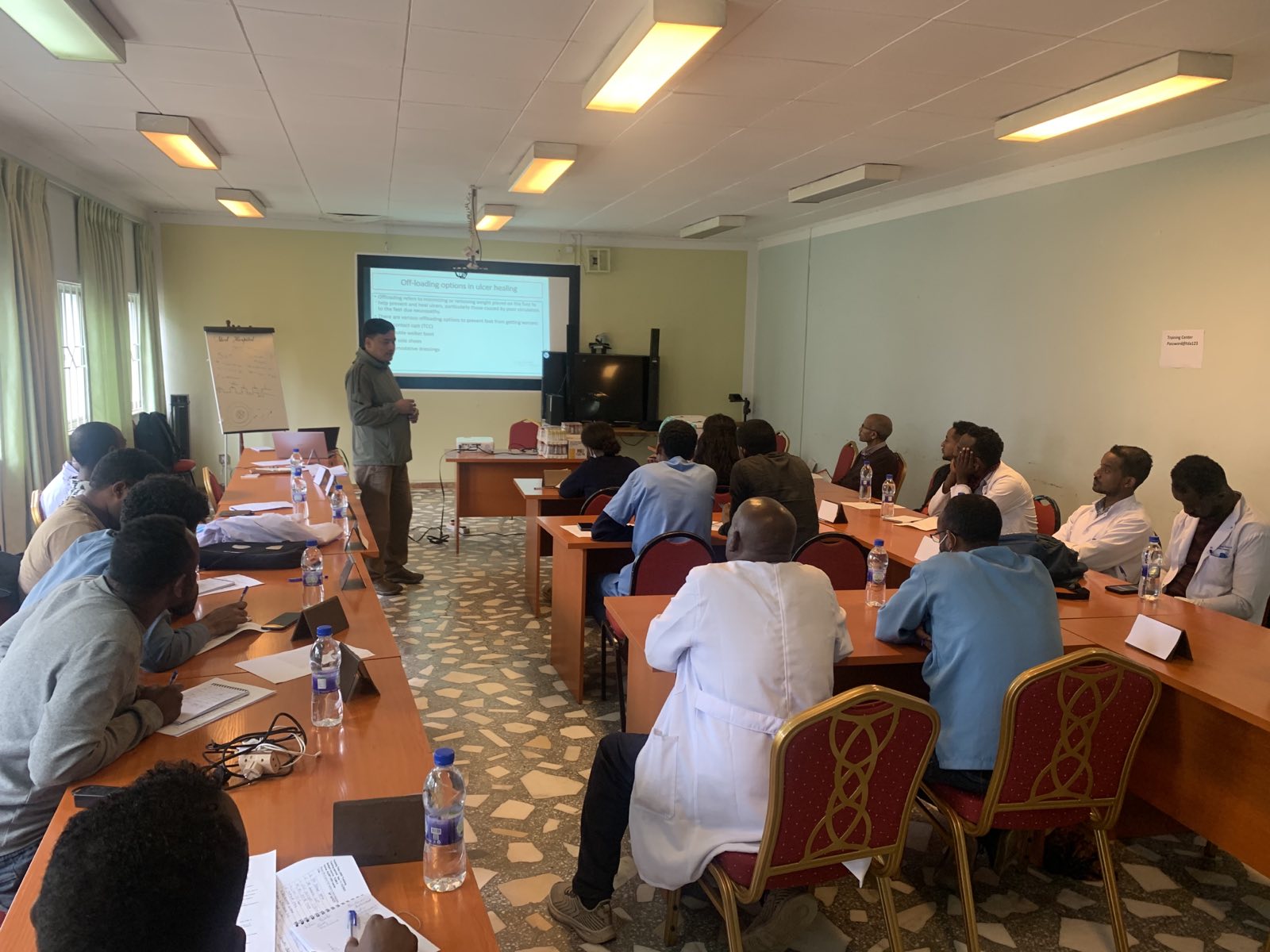
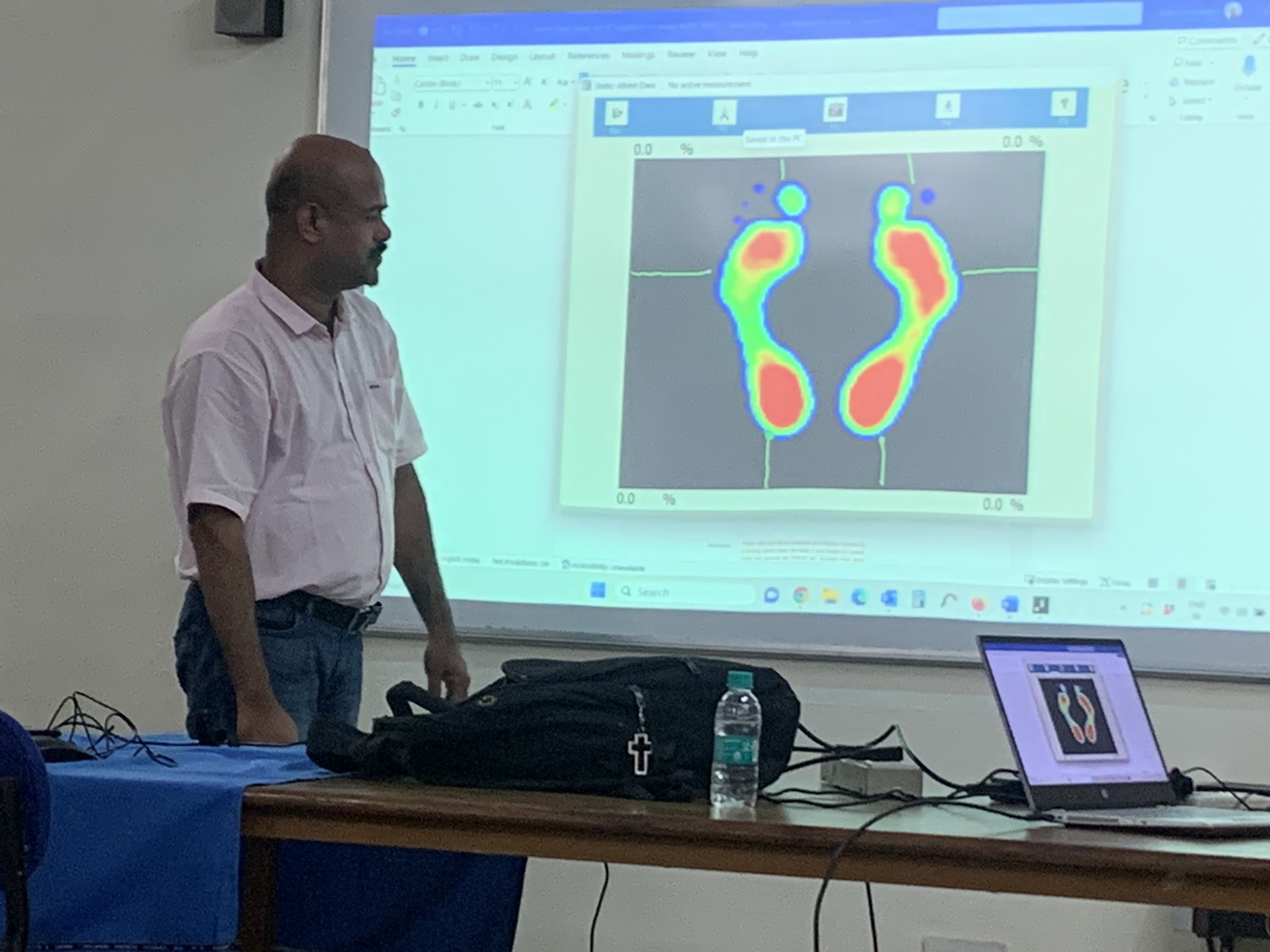
Anandaban Hospital is one of Nepal’s tertiary leprosy care hospital and the sole authorized leprosy referral center for Nepal. Most of the patients that make their way to the hospital have progressing ulcers extending back to a decade or longer, or are at a strong risk for developing ulcers. There was a clear need to find a way to address this issue. In December of 2017, Anandaban Hospital started clinical trials for L-PRF (Leukocytes- and Platelet-Rich Fibrin) method of healing ulcers.
Autologous blood products called Leukocytes- and Platelet-Rich Fibrin (L-PRF), is a type of platelet which is prepared from the patient’s blood by centrifugation. Upon centrifugation, the blood separates into three layers and the middle layer is used to cover the ulcer wound with sterile gauze dressing. When repeating once a week, the technique showed greater effecciencey in healing ulcers when compared to standard techniques.[1]
Owing to the success of L-PRF, Anandaban Hospital has become a training center nationally and internationally for L-PRF. The goal is to provide long-term care to people affected by Leprosy and facilitate greater rehabilitation and social restoration. Over the past few months, members from the Leprosy Mission Nepal have joined colleagues across the Leprosy Mission Global Fellowship to conduct trainings on L-PRF and ulcer management, embarking on a journey which extends beyond care and cure and towards restore.
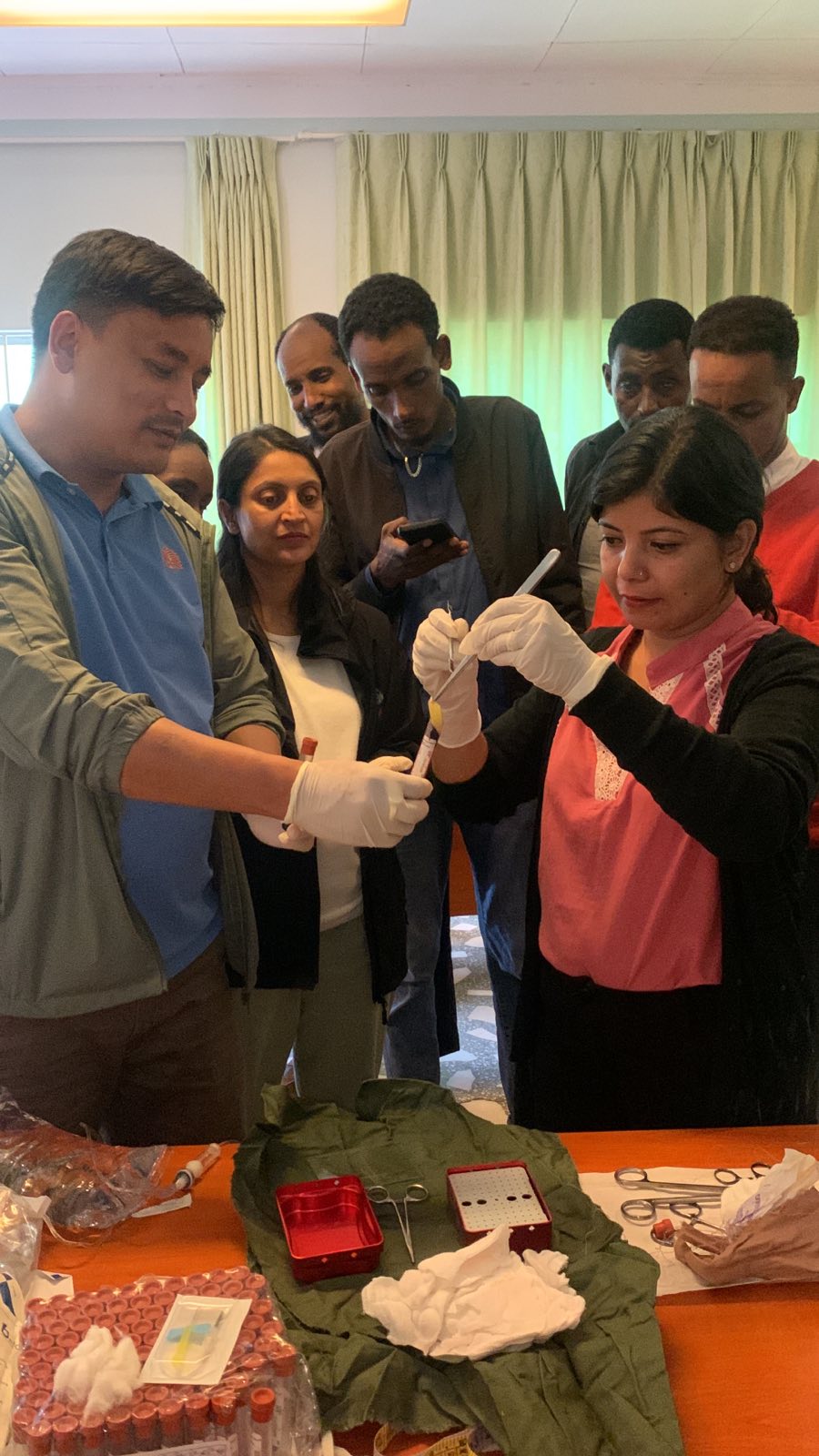
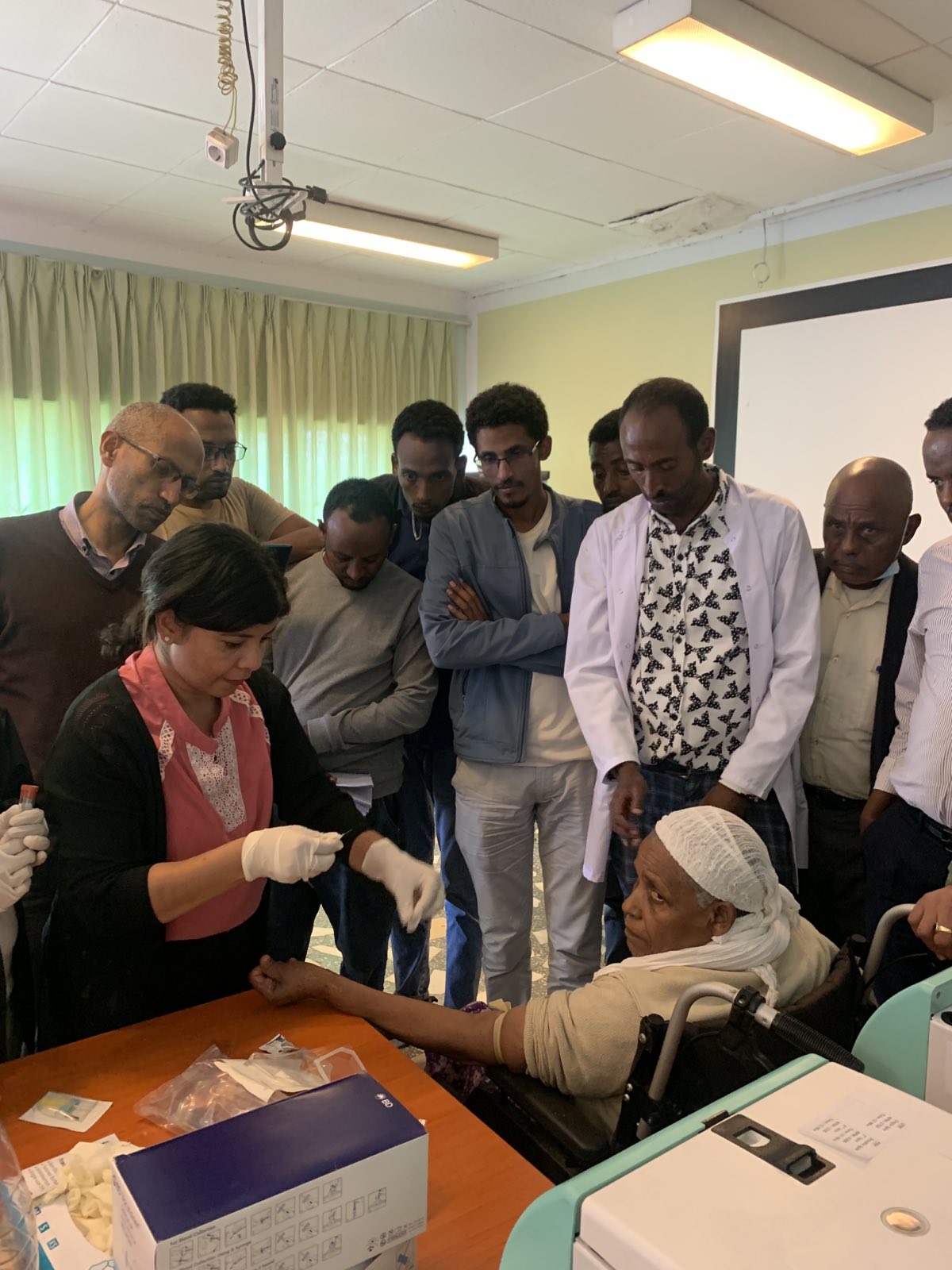
*The creation of this blog post was led by Dilip Shrestha and Subin Adhikari.
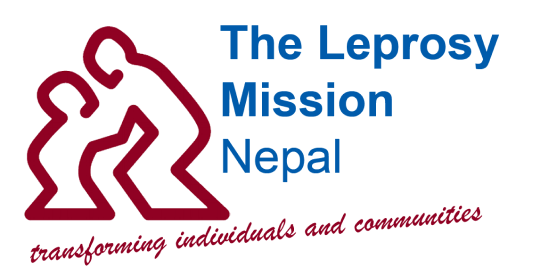
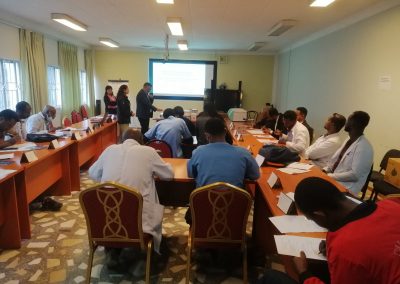
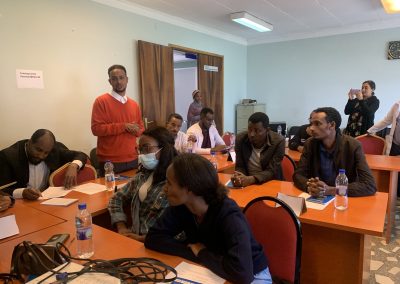
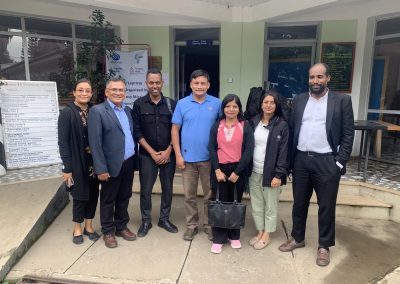
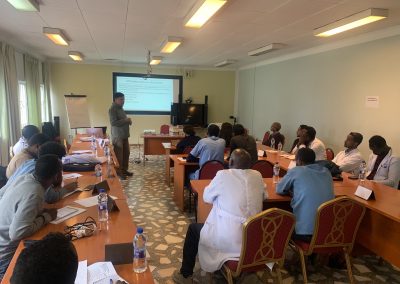
Recent Comments